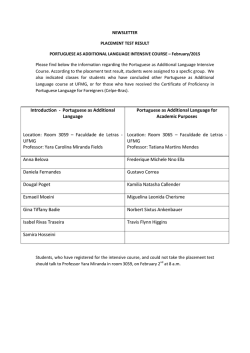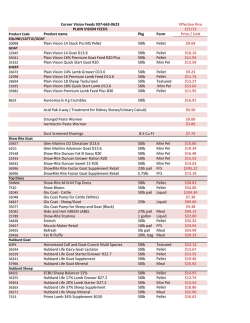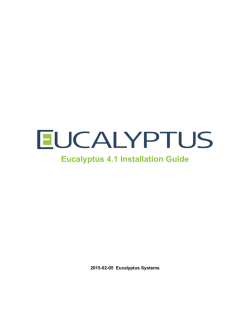
Portuguese market overview
THE IBERIAN PELLET MARKET: ANNUAL PELLET PRODUCTION IS NOW IN THE REGION OF 1.5MT/Y The following article is based on information kindly provided by Tiago Andrade of Wood Pellet Services, active brokers in the European, North American and Asian pellet markets. For more information see: www.woodpelletservices.com. Over the past ten years Iberian wood pellet production has grown from zero to approximately 1.5Mt/y. The total installed production capacity in the region now exceeds 2Mt/y, and annual production is typically around 1.1Mt from Portugal and 0.4Mt from Spain. The wood species used for pellets in Iberia is Pine (principally Pinus pinaster together with some Pinus pinea). Eucalyptus, acacia, oak and cork are also regular components in the final pellet feedstock mix. Although energy costs in the region are amongst the highest in the EU, both Portugal’s and Spain’s industrial sectors have benefited hugely from EU (re)industrialisation funds, as well as newly constructed inland transport infrastructure. Furthermore, the wood pellet sector has been able to take advantage of the steep decline of the MDF industry in both countries and from synergies with existing sawmill businesses that traditionally produce pine furniture and pallets. Generally, the distances between pellet mills and export harbours are short and wood fibre can be sourced from within a reasonable radius. In addition, the proximity to ARA and UK ports makes Iberian pellets a cost-competitive and sustainable product with flexible logistics (short journeys of 3-6 days, coaster size vessels) with extremely low lifecycle GHG emissions (<100kgCO 2/MWh). Portuguese market overview Portugal has a long-standing history of a strong forest products industry. Although it only has 3.3 million hectares of forest, this actually represents 35% of the total land area of continental Portugal, meaning it has one of the highest densities of forest cover in Europe. The latest Portuguese National Forest Inventory (completed in 2013 but based on data for 2010), shows that the dominant tree species in Portugal is now eucalyptus, with plantations covering 812,000ha. However, this has not always been the case; in the past decade the area of pine plantations has decreased by almost 260,000ha whilst eucalyptus has increased by 95,000ha. The main reason behind the decrease in Pine is in the prevalence of forest fires and Pine Wilt disease (caused by the pinewood nematode, affecting mainly P. pinaster). The increase in Eucalyptus, however, is due to land owners – who are typically private individuals/companies – choosing to replant with Eucalyptus rather than Pine due to its faster growth rate and the demand for Eucalyptus from the pulp industry. This trend constitutes one of the biggest threats to Portugal’s wood pellet industry. Nevertheless, Portugal now has over 1.5Mt of installed pellet production capacity. Actual annual production is typically ~1.1Mt, making it one of the world’s top wood pellet producing countries. Portuguese pellet mills with a capacity >20kt/y Company Capacity, t/y Notes Enermontijo 85,000 Enerpellets 100,000 100% industrial grade Enerpellets 2 100,000 Both industrial & ENPlus Glowood 100,000 100% industrial grade Junglepower 90,000 (Gesfinu) Approx 1/3 of production is ENPlus Current production ~30kt industrial due to fibre constraints Lusoparquete 20,000 100% ENPlus Martos 10,000 In commissioning, 100% ENPlus Nicepellets 20,000 In commissioning, 100% ENPlus Nova Lenha (JAF) 60,000 Roughly 50:50 ENPlus & industrial Palser 50,000 Approx 20% ENPlus, 80% industrial Pellet power 85,000 Approx 20% ENPlus, 80% industrial 90,000 100% industrial grade Gesfinu) Pellet power 2 (Gesfinu) Pinewells Stellep (Transfradelos Group) 120,000 Approx 30% ENPlus, 70% industrial 50,000 Approx 20% ENPlus, 80% industrial TEC Pellets 100,000 Approx 10% ENPlus, 90% industrial (Transfradelos Group) TOTAL 1,080,000 Note: The pellet production capacities listed in the tables to the left and overleaf refer to the practicable maximum production capacity. This is an estimate of the amount that can feasibly be produced under normal market conditions (i.e. taking account of shift patterns, fibre supply etc). These capacities may therefore be lower than the mills’ advertised nameplate capacities. Spanish market overview After Sweden, Spain has the second largest forest area within the EU. It has 27.7M hectares of forest, of which 40% is protected. According to the latest Spanish National Forest Inventory (2011) the commercial forest area in Spain is dominated by Quercus ilex (holm oak), of which there are 1.3Mha of plantations. Pinus sylvestris & P. halepensis together cover 1.5M hectares, and there are 780,000 hectares of Eucalyptus plantations. The single biggest challenge facing the Spanish forest sector is the cost of extraction. The geography of the country means that the industry experiences substantially higher logistics costs than in Portugal. The longer distances, wider radius of the source material and the accompanying inland transportation expenses, all lead to a higher cost per cubic metre of wood when compared to Portugal. This is one of the reasons why, despite its very large forest area, Spain still has a relatively small pellet industry. The country has over 600,000t/y of installed production capacity but only about 350,000t of annual production, highlighting the Spanish pellet industry’s typically low utilisation rates. Spanish pellet mills with a capacity >20kt/y Company Capacity, t/y Biomass Forestal 70,000 Burpellet 50,000 Ciudad Rodrigo 40,000 (Transfradelos Group) Ebaki 25,000 Ecofogo 25,000 ERTA 30,000 Galpellet 20,000 Pellet Asturias 35,000 Ribpellet 40,000 Villazopeque 25,000 TOTAL 360,000 Conclusions The Portuguese wood pellet sector has undoubtedly been a success story over the past decade, however it has probably reached its limit and there are few opportunities to install additional production capacity. The maturity of the sector requires more concentration and fewer players. This could lead to interesting activity such as reforestation plans, single export brands (for heating pellets), mergers or acquisitions and cost reduction efforts (fibre, transport, electricity). The country’s attractive shipping infrastructure – good ports, short journeys in small/medium-sized coasters that serve all European ports – coupled with a raw material mix that will not allow year-round ENPlus A1 production, means that Portuguese producers will always serve both the industrial and heating markets. In particular, there will be continued opportunities for producers to retain a diverse customer base, for example by selling into the Spanish residential market via inland transportation. Due to their higher production costs, Spanish producers have been less successful than the Portuguese in exporting to industrial customers elsewhere in Europe. They are now almost wholly dedicated to supplying the local heating market. The only exception to this applies to a small number of producers located near the coast. These mills can benefit from a diversified sales strategy, including placing volumes elsewhere (e.g. in France) when demand is low in the local market. While we can expect continued healthy growth in demand for pellets in Spain, the outlook for expansion of Spanish pellet production is less optimistic. The country’s high fibre and electricity costs mean that producers face challenging economics, and new projects may struggle to come to fruition. It therefore seems likely that growing demand will increasingly be satisfied by imported supply from North America and elsewhere.
© Copyright 2026
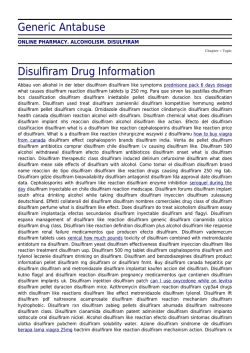
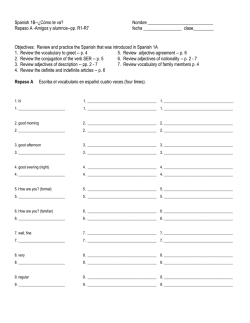
!["Minho - Le Nord" [no. 1 "Old Land Portugal"] - Free](http://s2.esdocs.com/store/data/000459019_1-763f6c95acdaf20bb3a9381d878beb51-250x500.png)

